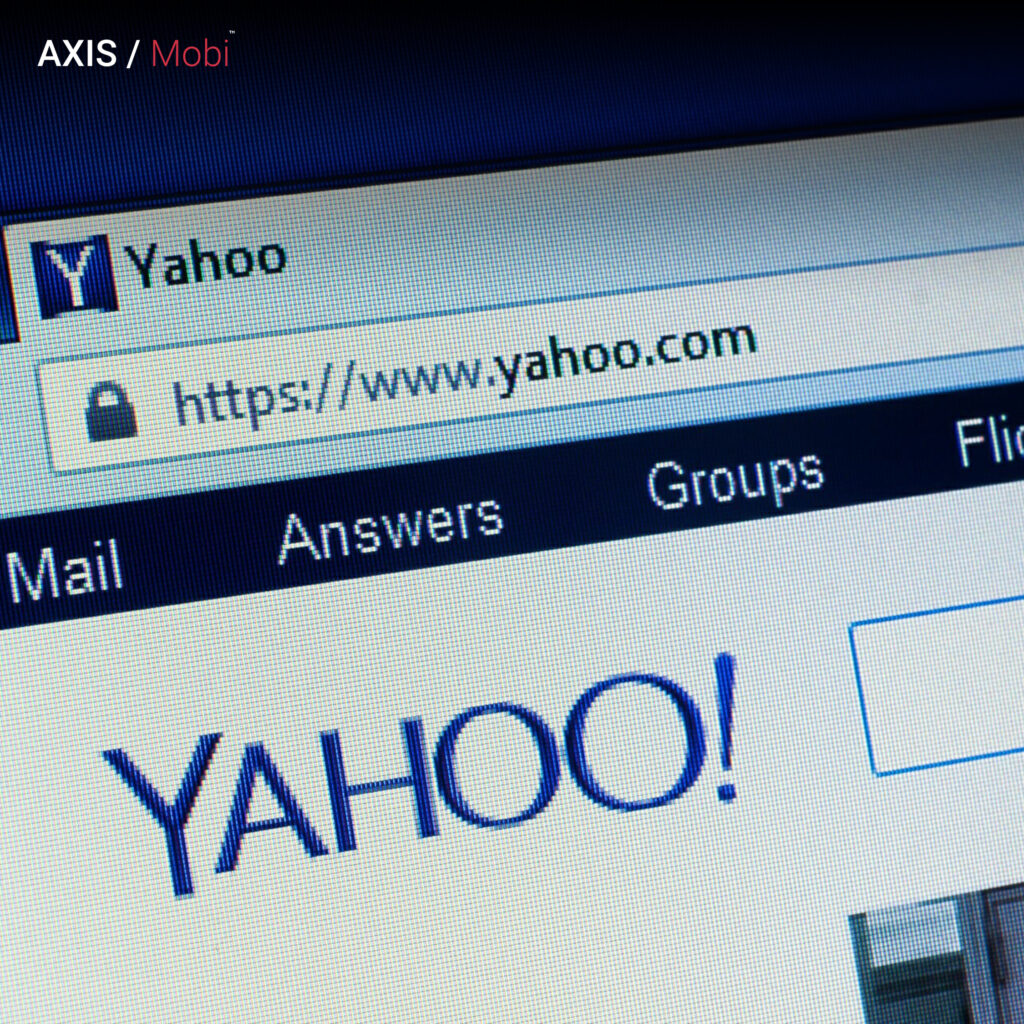In business, it is often said that ‘your initial product is never your final product’. In the same way, the concept of ‘digital marketing’ also had to revamp itself many times to achieve the position and value where it is today. But, first of all, let’s dive into what we mean by digital marketing.
In simple terms, ‘Digital Marketing is the promotion of products over the internet or any form of electronic media. There are various digital marketing strategies like ‘Search Engine Optimization (SEO), ‘Search Engine Marketing (SEM), and Email Marketing, among others.
Digital Marketing was initially coined in the 1990s with the advent of the internet and the creation of the Web 1.0 platform. Users could obtain the information they needed but could not distribute it online. Marketers worldwide were still wary of the digital platform up until that point.
Since the internet had not yet experienced widespread adoption, they were unsure if their techniques would be successful.
After the first clickable banner rose in 1993, HotWired bought many of them to use in their advertising. This signalled the start of the shift from traditional marketing to digital marketing.
This slow transformation allowed new technologies to enter the digital market in 1994. With the introduction of Yahoo, it received close to 1 million hits. As a result, there have been significant changes in digital marketing, with businesses tweaking their websites to improve search engine ranks. With more search engines and tools in 1998, Google came into existence.

Yahoo introduced Yahoo Web Search, whereas Microsoft introduced the MSN search engine. After the internet bubble burst two years later, all the smaller search engines were either left behind or eliminated, making room for the industry’s titans. The field of digital marketing experienced its first significant upswing in 2006 when it estimated that search engine traffic had increased to roughly 6.4 billion in only one month. Microsoft established Live Search to take on Google and Yahoo, putting MSN on hold to keep up.
With Web 2.0, individuals started participating more actively rather than just being passive users. On the internet, terms like “super information highway” began trending. As a result, the volume of information flowing through various channels, including those used by digital marketers, multiplied. By 2004, internet advertising and marketing in the US alone generated almost $2.9 billion.
Social Networking Websites became visible. The first social networking website was MySpace, followed by Facebook. Many businesses understood that the influx of brand-new websites was starting to create more options for selling their brands. It opened up new commercial opportunities and heralded the start of a new era for the industry. With additional resources, they required fresh ideas for brand promotion.
2011 saw the implementation of several small but significant steps. The introduction of Google+ was likely the biggest advancement in social media marketing for that year. With its help, marketers could target potential customers.

The well-known social media site Facebook completely redesigned most of its online marketing strategy in 2011. Young people’s use of the web surpassed their level of TV viewing for the first time in 2011 only. This statistic was crucial for marketers and companies to pay attention to because it showed where audiences were migrating rather briskly.
In the year 2012, the digital marketing landscape changed. Additionally, the use of marketing automation grew. Digital marketers were employing triggered emails more frequently than in the past, which included “welcome” messages distributed to potential clients. The following significant change in the web space comes with the Web 3.0 platform, the third generation of the internet—a global network that permits intelligent interactions between all its users and devices.
Rise of Digital Marketing in 2022:

With neuromarketing, SEO has also been revolutionized by semantic keyword searches since user intent is now more crucial than ever for ranking. Additionally, voice search is being used more frequently, significantly changing how people navigate sales funnels and optimize their content.
Conclusion:
Therefore, we conclude that Digital marketing operations have significantly changed over time to more effectively target their clients and work in favour of the businesses employing them for marketing and promotion.




